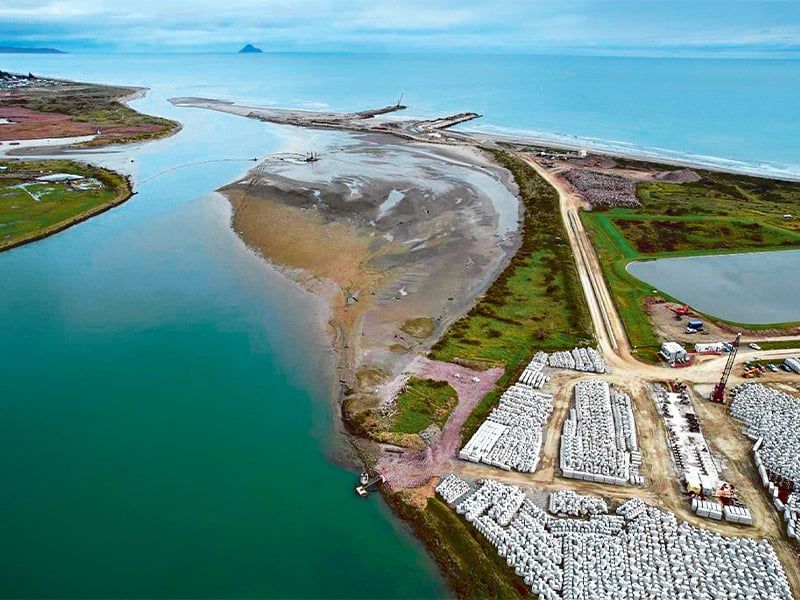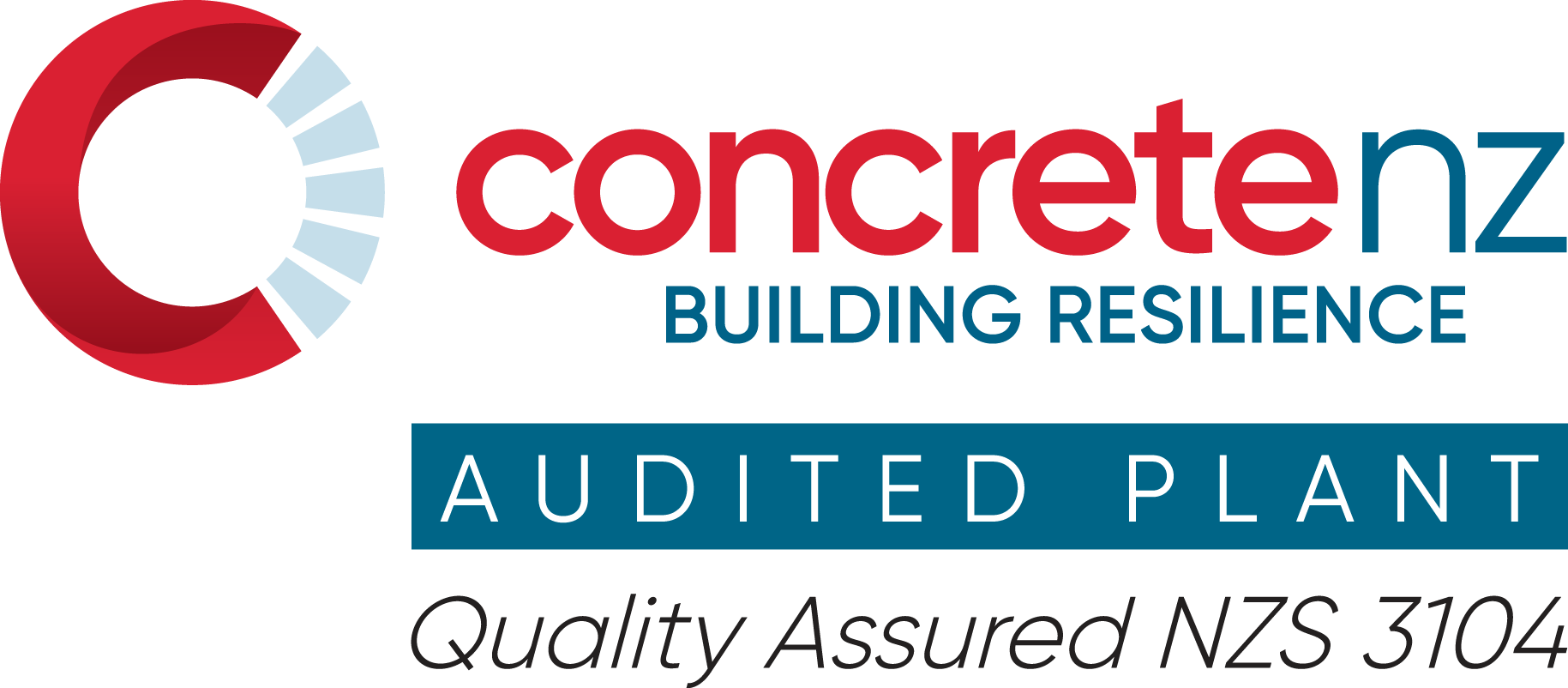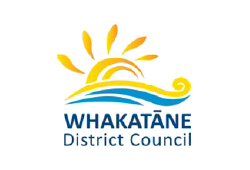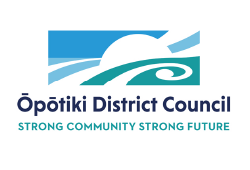News
Ōpōtiki Harbour Development Project Game Changer for District
As published by Fishing & Outdoors.
The Ōpōtiki Harbour Development Project remains on track for its 2023 opening, with the project set to revitalise the local marine and aquaculture sector.
World demand for seafood is increasing rapidly. The World Bank predicts aquaculture will supply more than 60% of the fish eaten by 2030.
Ōpōtiki offers 160km of coastline encompassing thousands of hectares of highly productive seawater that has the potential to support a sizable aquaculture industry.
Project director John Galbraith said the project will re-establish the Ōpōtiki harbour.
“Ōpōtiki has a long history with its port. It provided a strong base for trading and enterprise that was the backbone of Ōpōtiki’s prosperous past.”
“This project will improve navigability and safety for a range of vessels, particularly those associated with the operational marine farm located offshore from Ōpōtiki.”
Galbraith said the harbour will make a huge difference for recreational and commercial fishing ventures of all types.
“These huge seawalls will provide all-tides, all-season access to the appropriately named Bay of Plenty waters. The mussel farm off the coast is already proving popular with recreational fishers who often tie up to mussel buoys and easily collect their quota of snapper.”
Galbraith said the marina being built near Ōpōtiki town will also provide moorage, dry docks, and opportunities for a wide range of services for boaties.
“Surfcasting and long lining are already popular locally and the harbour entrance won’t change this pastime.”
However, the seawalls themselves won’t be ‘fishable’ as the scale and size of the walls and the hanbars mean that there is no safe access to the water’s edge on the walls.
Re-establishing harbour entry priority for Council
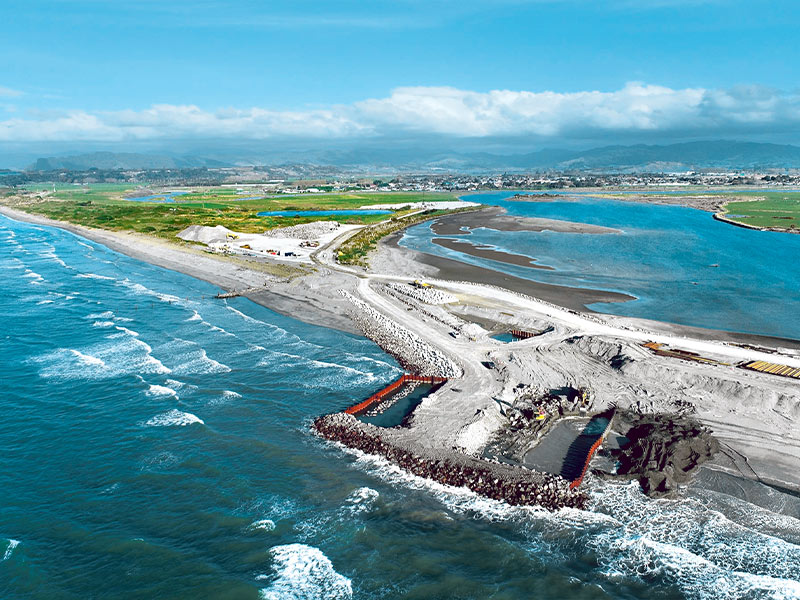
The Council says the project will enable the growth of the large-scale aquaculture industry in the offshore waters of the Eastern Bay of Plenty. Photo: Supplied
As late as the mid-1960s, Ōpōtiki’s harbour was an important part of the district’s transport infrastructure. The harbour provided a vital link to markets and supported the transport of goods and products around New Zealand and to the wider world.
As the region’s roading infrastructure developed, use of the port was reduced, and the harbour was not maintained. Significant shallowing of the Waioeka River mouth resulted in access being limited to smaller vessels, which can only cross the bar in good conditions. Bad weather further reduces harbour access, so re-establishing the harbour became a priority for the Ōpōtiki District Council.
The preferred option for improving the harbour entrance was to construct two sea walls on either side of a new channel dredged to a depth of about four metres, then close the existing harbour entrance.
Council said the project will enable the growth of the large-scale aquaculture industry in the offshore waters of the Eastern Bay of Plenty.
“Large-scale aquaculture requires a safe, accessible harbour for boats servicing and harvesting product from offshore marine farms.
“The existing Ōpōtiki harbour entrance is limited to smaller boats, which can only cross the bar in good conditions. The Ōpōtiki Harbour Development Project will provide access for larger boats by creating an entrance that is navigable in all but the worst conditions, enabling Ōpōtiki to become a service and processing base for aquaculture and other marine-related industries.”
Govt investment signals significance
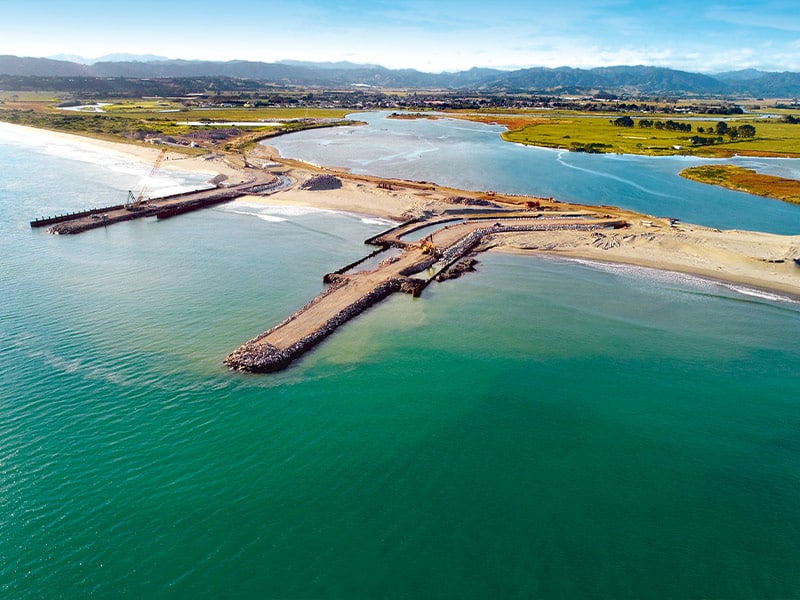
The project is expected to create around 1850 jobs, including more than 730 in Ōpōtiki. Photo: Supplied
The $100 million redevelopment was given the green light back in 2020, thanks to a $79.4 million central Government investment. The funding is part of the $12 billion New Zealand Upgrade Programme.
Regional economic development minister Shane Jones said the investment would provide safe access for more boats into the harbour, allowing Ōpōtiki to become a major servicing base for aquaculture and other marine-related industries.
“World demand for sustainable seafood is increasing rapidly, and large-scale aquaculture requires a safe, accessible harbour for harvesting produce and servicing boats,” he said.
“The new harbour will enable significant aquaculture initiatives in the region to get underway, which includes mussel farming. This will be the catalyst for private investment in marine-related industries, wharves, and residential development.”
Jones said the project was expected to create around 1850 jobs, including more than 730 in Ōpōtiki. Direct employment in Ōpōtiki longer term would be driven by work on sea farm servicing vessels, production staff in processing facilities, and support staff in the aquaculture industry.
Job-rich aquaculture

According to the Council, the project will provide a platform for sustainable economic growth by capitalising on opportunities from the existing 3800-hectare marine farm offshore from Ōpōtiki, enable other aquaculture ventures and marine-related development in the Eastern Bay of Plenty, increase overall social, economic, and cultural wellbeing in Ōpōtiki and the wider Eastern Bay of Plenty, and enhance recreation opportunities and public access to the coast.
Planning for the project dates back to 2001 when the potential for a job-rich aquaculture industry was identified as a major opportunity in the productive eastern bay waters.
Council said the role of te The Whakatōhea Māori Trust Board as kaitiaki and developer of the water space has been a crucial component, as has the commercial lens brought to the opportunity by Whakatōhea Mussels Ōpōtiki Limited, and the Council’s determination to deliver the required infrastructure. The potential for aquaculture development is being demonstrated by a venture begun by Eastern Sea Farms Limited, a company majority owned by the Whakatohea Maori Trust Board.
Eastern Sea Farms holds consent for a 3800-hectare marine farm located 8.5km offshore from Ōpōtiki township. Commercial mussel farming by Whakatohea Mussels (Ōpōtiki) Limited and four other companies began in October 2014. There are lines in the water for spat catching and ongrowing to harvestable mussels. The consent also allows other species to be farmed.
According to Council, currently, there is 4750 hectares of consented water space with two consents majority owned by Whakatōhea. A further 4050 hectares is in process and 5000 hectares “reserved” with an agreement in principle to settle between the Crown and Te Whānau a Apanui. Independent reports show up to 17,000 hectares may be sustainably farmed in the long term.
“To get the maximum benefit from this venture, it’s essential that onshore servicing and seafood processing facilities are based in Ōpōtiki,” Council said.
“The Ōpōtiki Harbour Development Project will enable this to happen.”
The harbour development is expected to be completed by December 2023.
BACK TO NEWS >